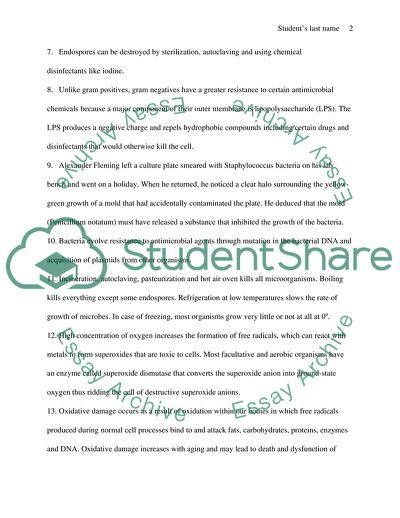Cite this document
(Review Questions on Growth, Control of Growth, Antibiotics and DNA & Genetics Assignment Example | Topics and Well Written Essays - 1250 words, n.d.)
Review Questions on Growth, Control of Growth, Antibiotics and DNA & Genetics Assignment Example | Topics and Well Written Essays - 1250 words. https://studentshare.org/biology/1706642-micro-review-questions
Review Questions on Growth, Control of Growth, Antibiotics and DNA & Genetics Assignment Example | Topics and Well Written Essays - 1250 words. https://studentshare.org/biology/1706642-micro-review-questions
(Review Questions on Growth, Control of Growth, Antibiotics and DNA & Genetics Assignment Example | Topics and Well Written Essays - 1250 Words)
Review Questions on Growth, Control of Growth, Antibiotics and DNA & Genetics Assignment Example | Topics and Well Written Essays - 1250 Words. https://studentshare.org/biology/1706642-micro-review-questions.
Review Questions on Growth, Control of Growth, Antibiotics and DNA & Genetics Assignment Example | Topics and Well Written Essays - 1250 Words. https://studentshare.org/biology/1706642-micro-review-questions.
“Review Questions on Growth, Control of Growth, Antibiotics and DNA & Genetics Assignment Example | Topics and Well Written Essays - 1250 Words”. https://studentshare.org/biology/1706642-micro-review-questions.


